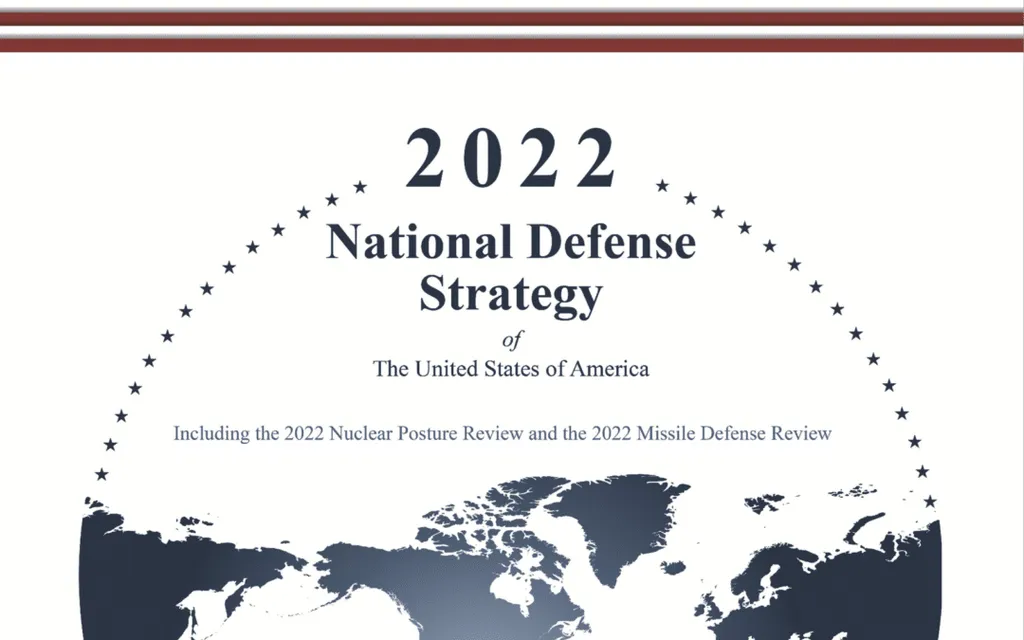Researchers from the University of Hong Kong, the University of Oxford, the University of Michigan, and the University of Amsterdam have developed a novel computational methodology to analyze global news coverage, providing empirical evidence of how news varies across countries. This research, published in the journal Nature Communications, offers valuable insights into the factors influencing news diversity and synchrony, with significant implications for international relations and the defence and security sector.
The team, led by Xi Chen and including Scott A. Hale, David Jurgens, Mattia Samory, Ethan Zuckerman, and Przemyslaw A. Grabowicz, created a three-component system to study global news coverage. The first component is a transformer model that estimates multilingual news similarity, enabling the comparison of news articles across different languages. The second component is a global event identification system that clusters news articles based on their similarity, effectively identifying global news events. The third component measures news synchrony across countries and news diversity within a country, based on country-specific distributions of news coverage of the identified global events. Each component of this methodology achieves state-of-the-art performance and can scale seamlessly to massive datasets, making it a powerful tool for analyzing global news coverage.
The researchers applied their methodology to a vast dataset of 60 million news articles published globally between January 1 and June 30, 2020, across 124 countries and 10 languages. This analysis detected 4,357 news events and revealed the factors explaining diversity and synchrony of news coverage across countries. The study found that news media tend to cover a more diverse set of events in countries with larger Internet penetration, more official languages, larger religious diversity, higher economic inequality, and larger populations. This suggests that countries with these characteristics may have more varied sources of information and more complex societal dynamics, leading to a broader range of news topics being covered.
The research also identified that coverage of news events is more synchronized between countries that actively participate in commercial and political relations, such as pairs of countries with high bilateral trade volume, and countries that belong to the NATO military alliance or BRICS group of major emerging economies. Additionally, countries that share certain traits, such as an official language, high GDP, and high democracy indices, also tend to have more synchronized news coverage. This indicates that shared interests, values, and political alignments can lead to similar news agendas across countries.
For the defence and security sector, these findings have several practical applications. Understanding how news coverage varies and synchronizes across countries can help in predicting and managing international relations, identifying potential areas of conflict or cooperation, and tailoring communication strategies to different audiences. For instance, knowing that countries with high bilateral trade volumes tend to have synchronized news coverage can help in anticipating public opinion and media narratives in these countries, which can be crucial for diplomatic efforts and crisis management. Similarly, recognizing that countries with shared languages or political alignments may have similar news agendas can aid in crafting targeted messaging and building strategic partnerships.
Furthermore, the methodology developed by the researchers can be used to monitor and analyze news coverage in real-time, providing valuable insights for defence and security analysts. By identifying global news events and tracking their coverage across countries, analysts can stay informed about emerging issues and trends that may impact international security. This can help in early warning systems for potential conflicts, assessing the effectiveness of communication strategies, and understanding the impact of global events on public opinion and media narratives.
In conclusion, the research by Chen and colleagues offers a powerful tool for analyzing global news coverage and provides valuable insights into the factors influencing news diversity and synchrony. For the defence and security sector, these findings and the developed methodology can enhance strategic communication, international relations management, and real-time monitoring of global events, ultimately contributing to more effective and informed decision-making.
This article is based on research available at arXiv.

